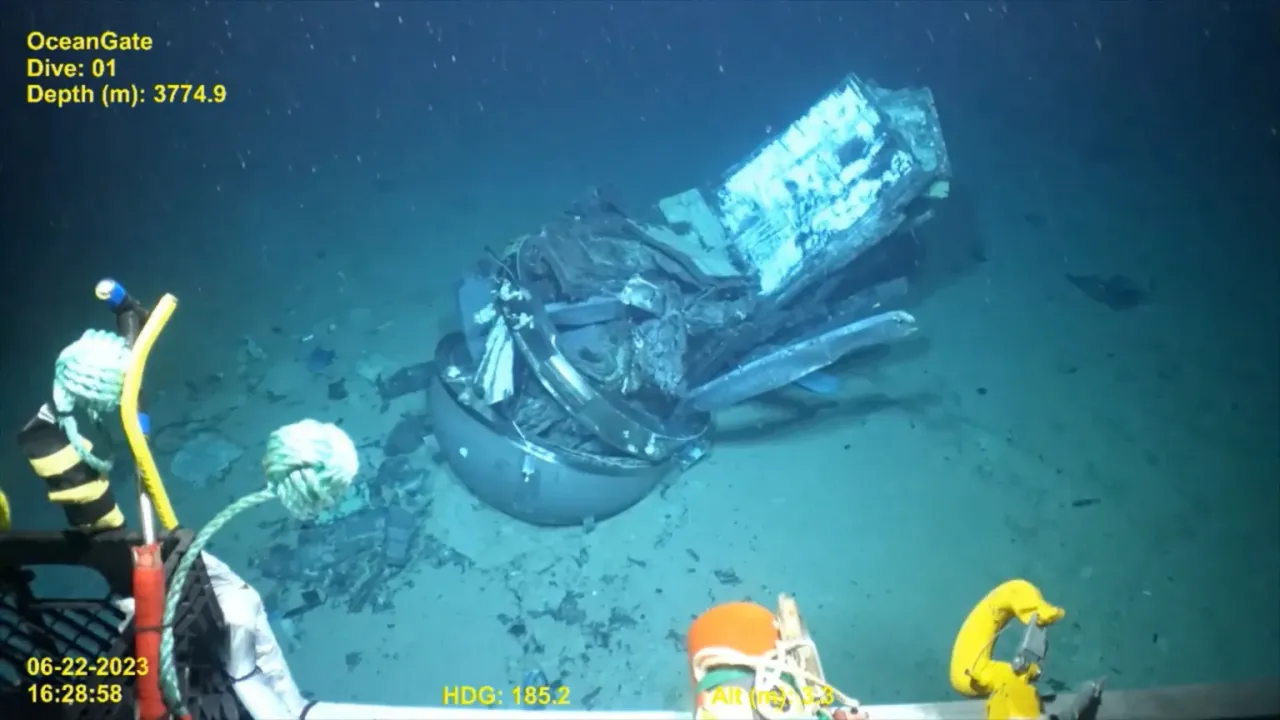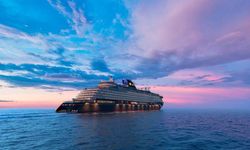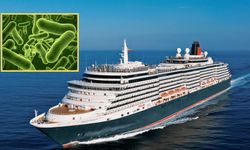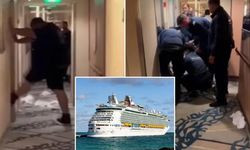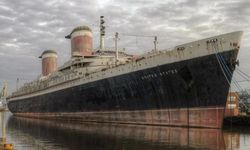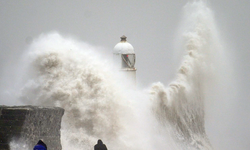Wreckage found at the bottom of the Atlantic showed the sub had imploded, crushing and scattering it across the seabed.
The investigation, which concluded last Friday, has brought to light a series of ignored safety warnings and long-standing technical problems. Over two weeks of hearings, new details about the sub’s final hours were revealed, highlighting the mounting risks that had been overlooked.
Passengers and Final Dive Details
The ill-fated dive included British explorer Hamish Harding, British-Pakistani businessman Shahzada Dawood, and his 19-year-old son, Suleman. The group had paid Oceangate for a journey to the Titanic wreck, 3,800 meters below the surface. Stockton Rush, Oceangate’s CEO, piloted the sub alongside Titanic expert Paul-Henri Nargeolet.
The BBC report states that 90 minutes into the dive, at a depth of 3,346 meters, Titan sent its final message to the surface, indicating it had released weights to slow its descent. Shortly after, communication was lost, and the sub imploded.
“The implosion was instantaneous. There would have been no time to register what was happening,” the U.S. Coast Guard confirmed during the inquiry, citing no signs the crew was aware of any imminent danger.
Unconventional Design and Safety Concerns
The Oceangate sub, described by Rush as “experimental,” faced repeated safety warnings long before the dive. David Lochridge, Oceangate’s former director of marine operations, referred to the sub as an "abomination" during the inquiry. According to BBC, he had raised concerns in 2018, compiling a report highlighting major safety issues, which were dismissed. He was later fired.
The investigation highlighted the sub’s unusual cylindrical hull design, which caused uneven pressure distribution at deep-sea levels. The hull was made from layers of carbon fiber mixed with resin, a material that Roy Thomas from the American Bureau of Shipping said was unsuitable for deep-sea exploration due to its tendency to weaken with each dive.

The National Transportation Safety Board (NTSB) analyzed leftover samples of Titan’s hull, finding delamination, voids, and cracks—defects that were also present in the recovered wreckage.
Previous Dives and Warning Signs
While Titan had completed 23 dives between 2021 and 2022, 118 technical faults were logged, ranging from thruster failures to the front dome detaching. During a 2022 dive, a paying passenger, Fred Hagen, reported hearing an alarming “bang” as the sub returned to the surface. Rush attributed the noise to the sub shifting in its frame, but BBC reports sensor data later suggested the sound came from changes in the hull’s structure under pressure.
Following that dive, the sub was not properly inspected due to Oceangate’s financial struggles, as revealed by Phil Brooks, a former director of engineering at the company.
Pushback on Certification
Unlike other deep-sea submersibles, Titan was not certified by independent marine organizations such as the American Bureau of Shipping (ABS) or DNV. Industry experts called for certification to become compulsory for manned submersible operations to prevent future tragedies. “Certification could avoid these kinds of tragic outcomes,” said Patrick Lahey, CEO of Triton Submarines, during the hearing.
The final report by the U.S. Coast Guard is expected to recommend new safety measures. However, criminal charges and lawsuits are also anticipated, with the family of Paul-Henri Nargeolet already suing for over $50 million, according to BBC.
This investigation may not only reshape the future of deep-sea exploration but also lead to legal repercussions for those involved in the tragedy.
Source: BBC
